The Moon Will Swallow Saturn This Friday Morning, And You Can See The Event Yourself

It’s rare but spectacular when the Moon passes in front of another planet. Here’s how to see it.
From our perspective on Earth, the night sky appears virtually unchanged with the passage of time. The stars and galaxies throughout the Universe change positions and have their properties evolve, but only on timescales typically much greater than a human would notice. The exception is for the closest objects of all: those within our Solar System, like the Moon and our planets.
These nearby bodies move through the sky from our perspective because of the gravitational forces at play, causing them to wander from night to night in a predictable fashion. Occasionally, planets and moons pass close to one another, and in even rarer instances, will appear to overlap, resulting in a phenomenon known as an occultation. This Friday morning, the Moon will occult Saturn, and you can view the sight from Earth.
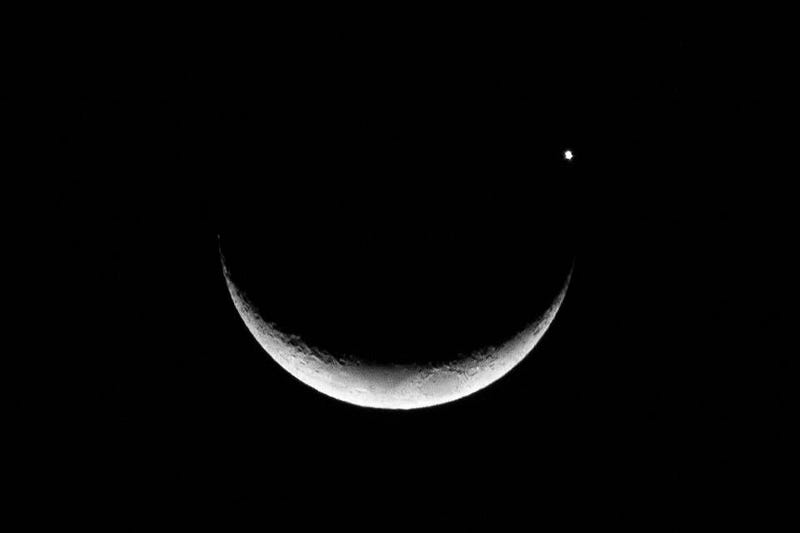
The Earth is a big place, though, spanning over 12,000 kilometers in diameter, and the Moon is relatively close to us on the scale of the Solar System. As a result, there are only going to be a few places on Earth, even when the alignment is perfect, where events like this are visible. As you change your position on Earth, the apparent position of a distant planet will only change by a small fraction of a degree, as even the closest worlds are typically tens or hundreds of millions of kilometers away. But the Moon is just 380,000 km distant, and its apparent position is very sensitive to your location on Earth.
It’s reminiscent of eclipses: you can see a lunar eclipse from anywhere on the night side of Earth, but solar eclipses are visible only along a narrow strip across Earth’s surface, where the Sun-Moon-Earth alignment is perfect.
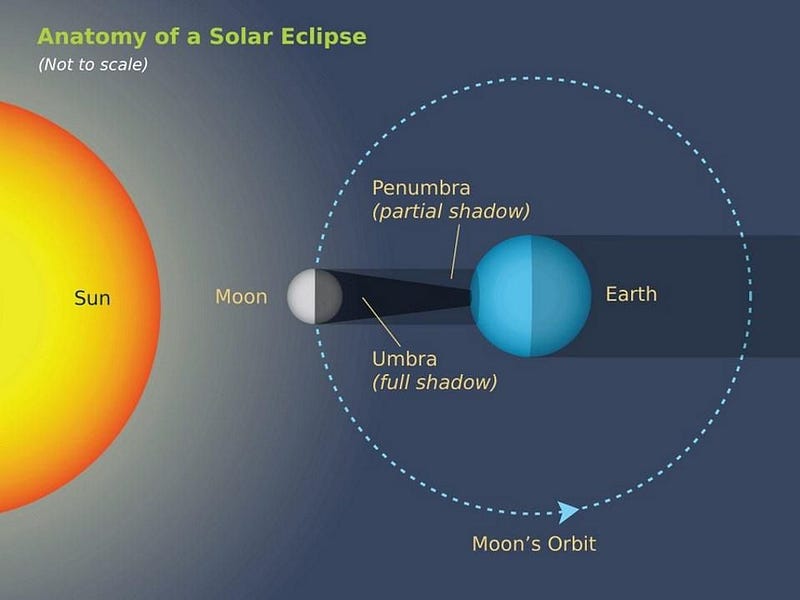
Well, the Moon is inclined at a little over 5° to the plane that the Earth orbits the Sun, and the planets themselves are also inclined, ranging from 0.8° (Uranus) to a full 7° (Mercury). Even though these celestial bodies appear to pass by one another with great regularity, these inclinations keep them from occulting one another more frequently.
But every so often, the orbits line up just right. Early Friday morning, in the pre-dawn skies, the planet Saturn will pass extremely close to the Moon as seen from all locations on Earth. For a few lucky skywatchers who look at just the right time, you can actually see the Moon appear to swallow Saturn, followed by the ringed planet re-emerging from the Moon’s opposite side.
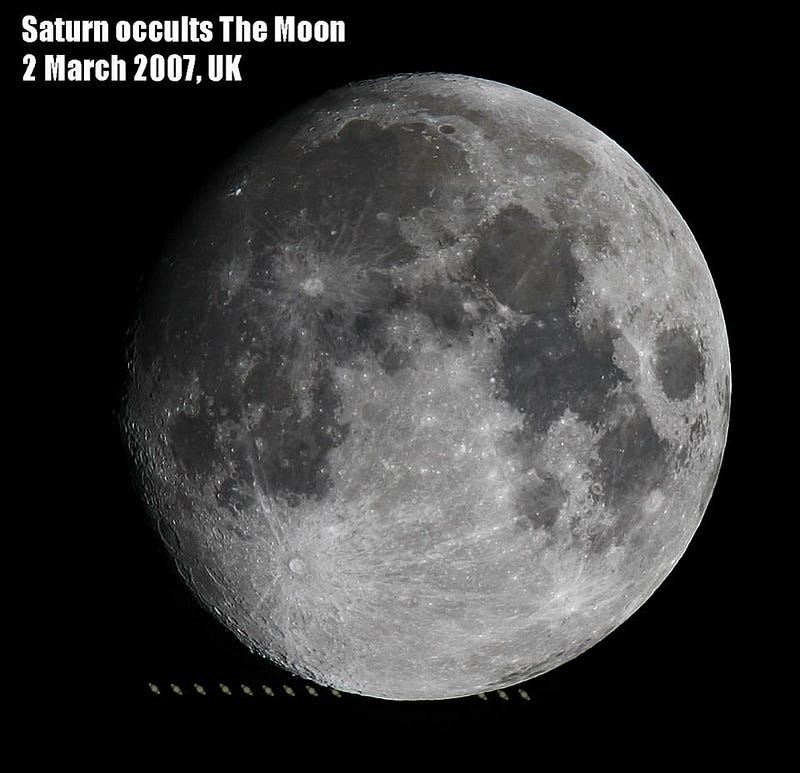
From most locations on Earth, including North America, Europe, Australia, Asia, and most of Africa and South America, we’ll only see a close approach, but it will still be a phenomenal sight. The Moon and Saturn, for example, will come within 0.05° of one another for observers across western Europe and northern Africa: it will look as though the Moon has a tiny pinprick of light nearby, appearing as it might if it possessed a moon of its own.
But that’s no moon, of course; it’s the planet Saturn! From about 3:00 AM to 5:00 AM (Universal Time, or UTC) on Friday, March 29, Saturn and the Moon will appear to get closer and closer to one another in the night sky, which will look incredible through either binoculars or a telescope at very low magnification with a Moon filter applied.
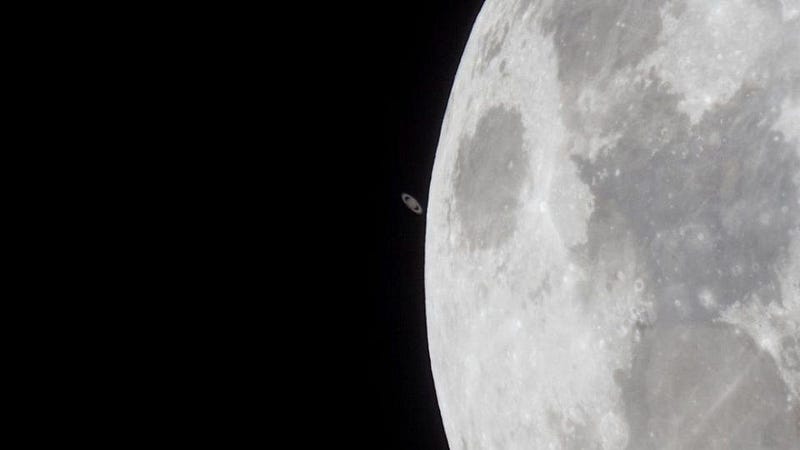
If you’re up before dawn on Friday, both Saturn and the Moon will rise right around 1:00 AM local time, and will appear separated by no more than a degree or two. Even in unfavorable locations for this event, like along the USA’s west coast, it’s a naked-eye sight that’s pretty special to see.
For observers in eastern South America or southern Africa, though, the sights are something you definitely won’t want to miss. Looking at the Moon, you’ll see Saturn approach closer and closer as the time approaches 4:00 AM UTC. If you’re outside of the occultation zone, the two worlds will continue to get nearer and nearer until they reach their point of maximum closeness: at 4:59 AM UTC.
Where are the locations to view it? The occultation zone is highlighted in the image below.
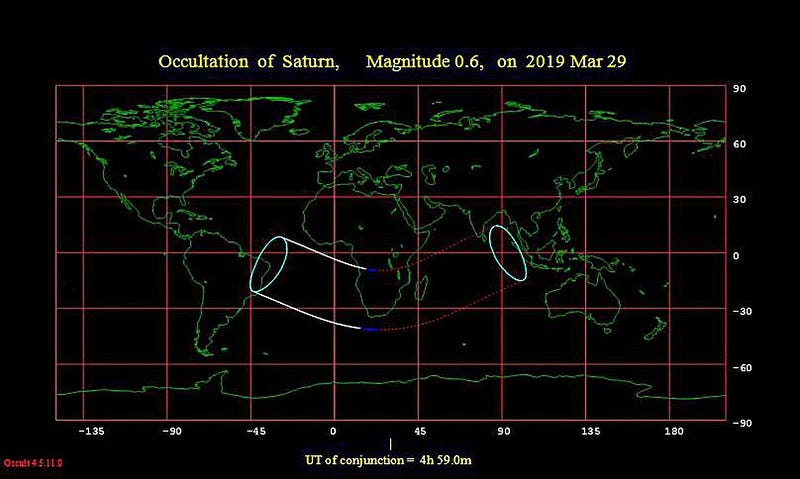
For the few lucky skywatchers who live within the white or blue highlighted zones in the image above, you’ll get to see the occultation occur for either disappearance, reappearance, or both. It’s a slow process, but one that gets really spectacular at the critical moment if you dare to look.
For those of you who are in the right zone to view its disappearance, you’ll see Saturn approach the portion of the Moon that’s currently illuminated by the Sun. Saturn and the Moon will approach each other very slowly: at the rate of about 0.5° per hour, where 0.5° is approximately the angular diameter of the Moon itself.
From the moment Saturn’s rings first appear to touch the limb of the Moon until the planet’s final, total disappearance, you’ll have only a small window: just under 2 minutes. If you look with the proper tools, you’ll see Saturn get swallowed in its entirety, similar to the video below.
Once Saturn is behind the Moon, of course, it will be entirely invisible to you; you’ll need to know when to look in order to see it emerge from the opposite side. This is a more challenging observation to make, because you have no visual aid to guide the approach towards the Moon’s limb.
However, there’s a nice bonus here: the Moon and Saturn possess extremely different brightnesses, with Saturn appearing much fainter than the Moon. But without the sunlight shining on the portion of the Moon you’ll be looking at, the re-emergence of Saturn will appear with a vastly enhanced contrast. In other words, the sight should be even more spectacular, albeit more challenging, to view and capture!
Depending on where you are, the time at which the rings of Saturn first make contact with the Moon will vary tremendously, but here is a selection of major cities where the beginning of the occultation (disappearance) will be fully visible, with all times given in local time:
- Luanda, Angola: 4:43 AM
- Gaborone, Botswana: 5:54 AM
- Cape Town, South Africa: 5:50 AM
- Pretoria, South Africa: 6:01 AM
- Harare, Zimbabwe: 6:15 AM
- Windhoek, Namibia: 5:47 AM
If you have clear skies around the Moon at this time, which will be in the east/southeast portions of the skies, you should absolutely take advantage of this spectacular opportunity.
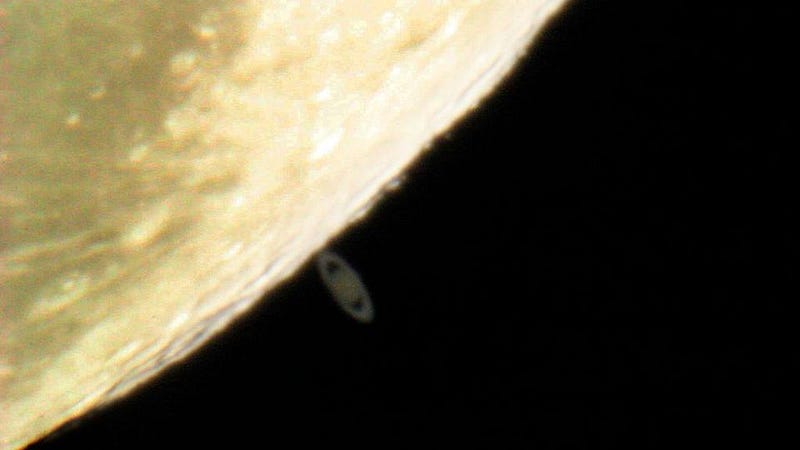
Similarly, watching the end of an occultation is a sight unlike any other. It’s like watching a planet be born from pure darkness, as it re-emerges from the darkened limb of the Moon. While many of the locations that saw the occultation begin at night won’t see it end until daylight has already broken, there are a few places, mostly in Brazil, where the reappearance (or egress) can be viewed:
- Luanda, Angola: 5:18 AM
- Fortaleza, Brazil: 12:39 AM
- Natal, Brazil: 12:40 AM
- Recife, Brazil: 12:41 AM
- Salvador, Brazil: 12:40 AM

Those of you living on (or visiting) the south Atlantic islands of either Saint Helena or Ascension Island will be able to spectacularly view both ingress (disappearance) and egress (reappearance), but that only applies to a tiny selection of people on Earth.
Regardless of how you view it or where you view it from, and irrespective of which portion of the Moon is illuminated, it’s a spectacular, natural wonder of the astronomical skies that you can take in from right here on Earth without any fancy equipment.
But if you do invest in the fancy equipment, it’s worth showcasing the wonders of what you can actually see.
Almost all occultations that are visible from Earth occur between the Moon and another planet, but there’s something special about occultations of Saturn, owing to the extended, easily-visible nature of its ring system. The events themselves last longer as the planet disappears and reappears behind the Moon, as Saturn with its rings is a more extended sight than any other world as viewed from Earth.
There’s an entire astronomy enthusiast community devoted to observing occultations, and they’ve developed some very extensive resources that are freely available to the public. If you miss the occultation of Saturn on March 29, don’t fret; there’s another coming up on April 25, visible from Australia, New Zealand, and the western portion of South America.
When you see that pinprick of light approach the Moon, remember what it is you’re really looking at: the great ringed giant of our Solar System, preparing for its spectacular moment in the shade.
Ethan Siegel is the author of Beyond the Galaxy and Treknology. You can pre-order his third book, currently in development: the Encyclopaedia Cosmologica.





